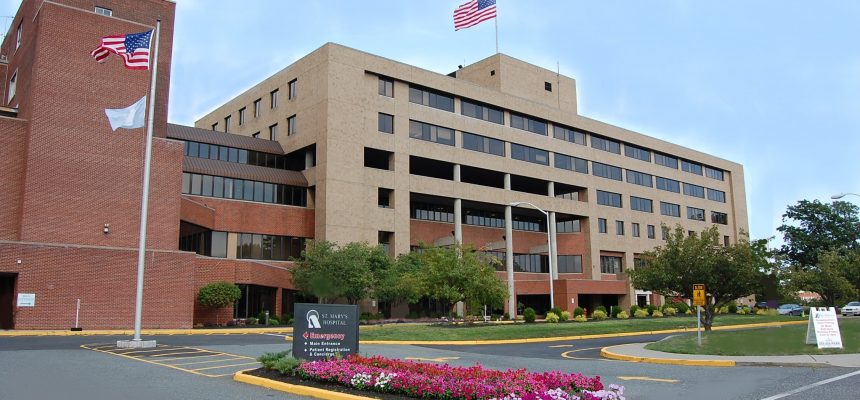Hospital Monopolies Drive Up the Cost of Care for Consumers
By Consumers for Quality Care, on October 20, 2022

The University of Pittsburg Medical Center hospital system, or UPMC, reported revenue of $16 billion last year. The system, made up of 40 hospitals in the region, is just one example of how health care consolidation can lead to not only a lower quality of care, but higher prices for consumers, according to a report from Washington Monthly.
Hospitals accounted for 31 percent, or $1.2 trillion, of money spend on medical care last year in the U.S., up from $882 billion a decade ago. While hospitals continue to rake in massive profits, more than 100 million Americans currently find themselves in medical debt.
Fifty years ago, most hospitals were stand-alone institutions, but now, more than half of all hospitals are part of a regional system. Despite the arguments that hospital mergers bring down costs and lead to higher-quality care, neither has been found to be true.
CQC urges lawmakers and regulators to further scrutinize hospital mergers to ensure a competitive health care sector that gives consumers lower-cost, higher-quality health care. Furthermore, hospitals – especially nonprofit hospitals – must not be allowed to turn massive profits while issuing exorbitant medical bills to consumers, pushing more and more people into debt.



